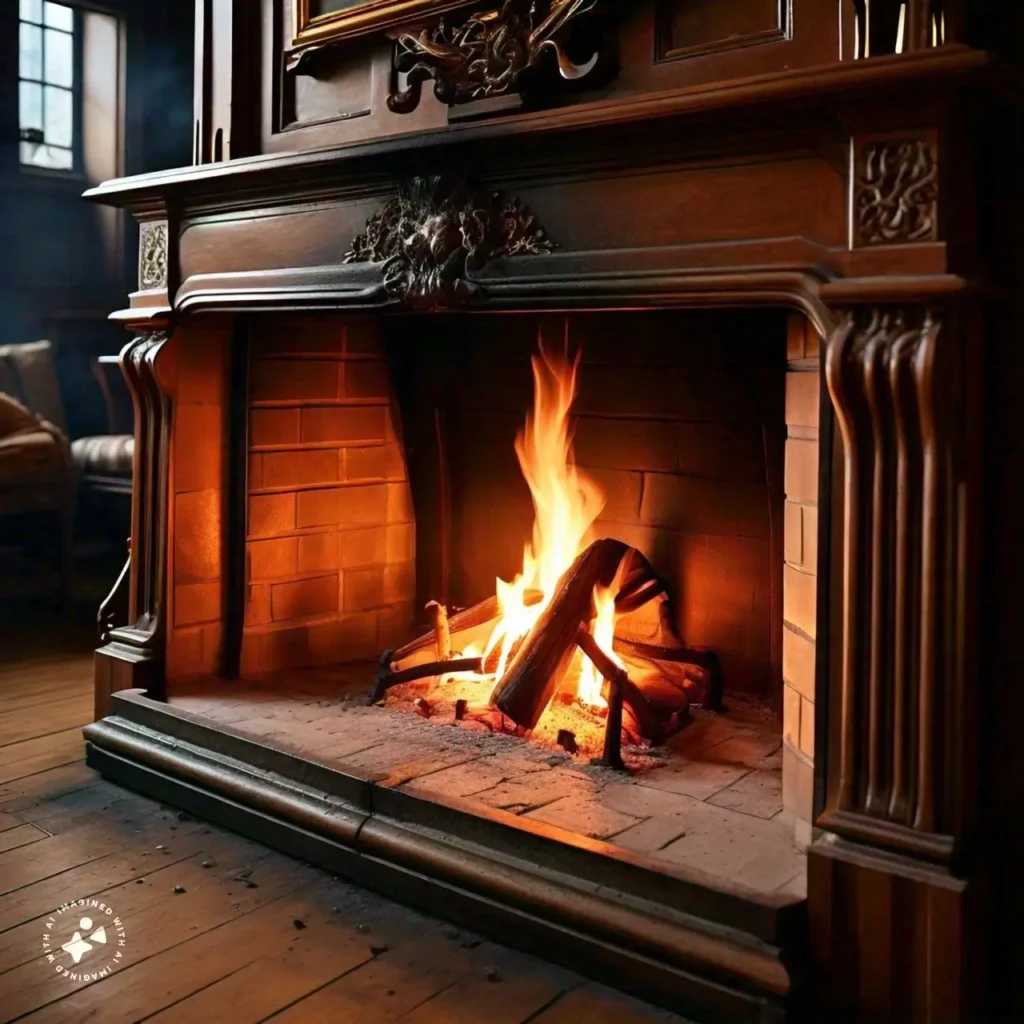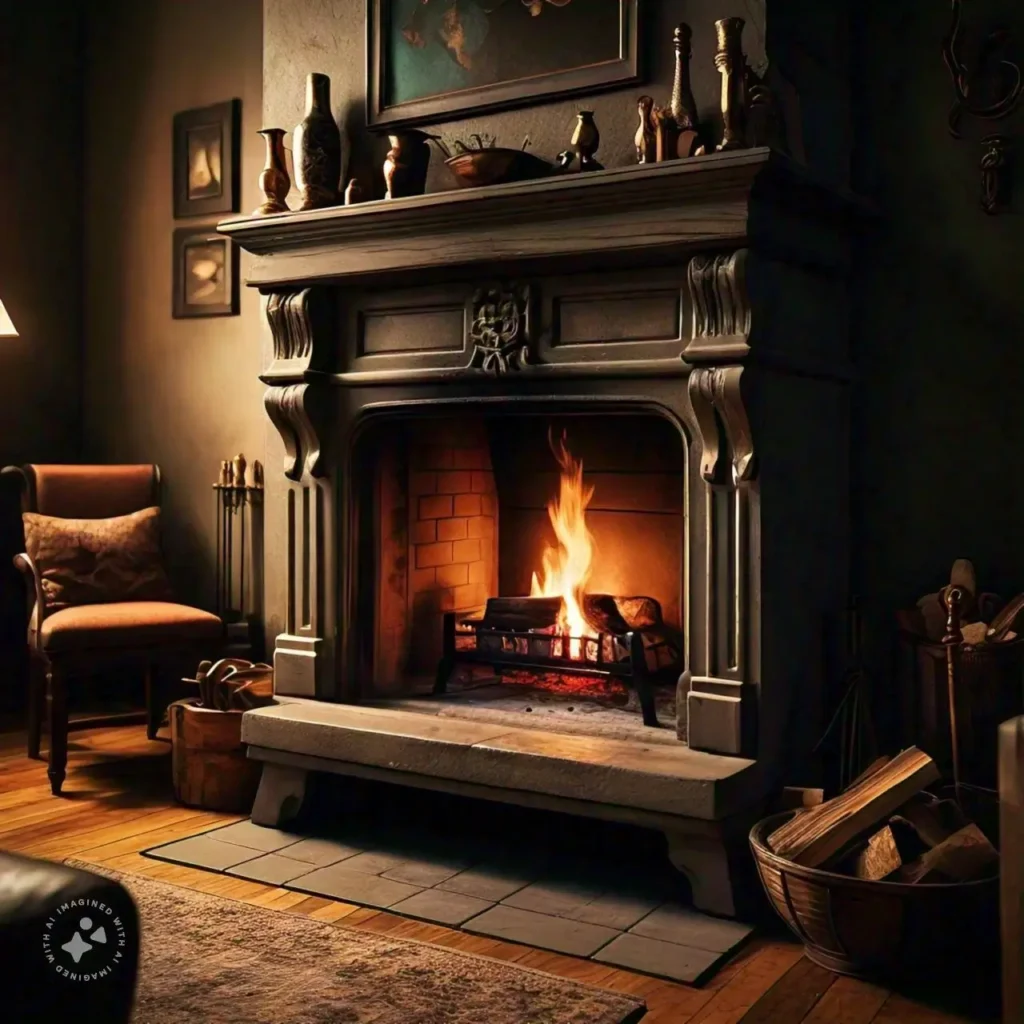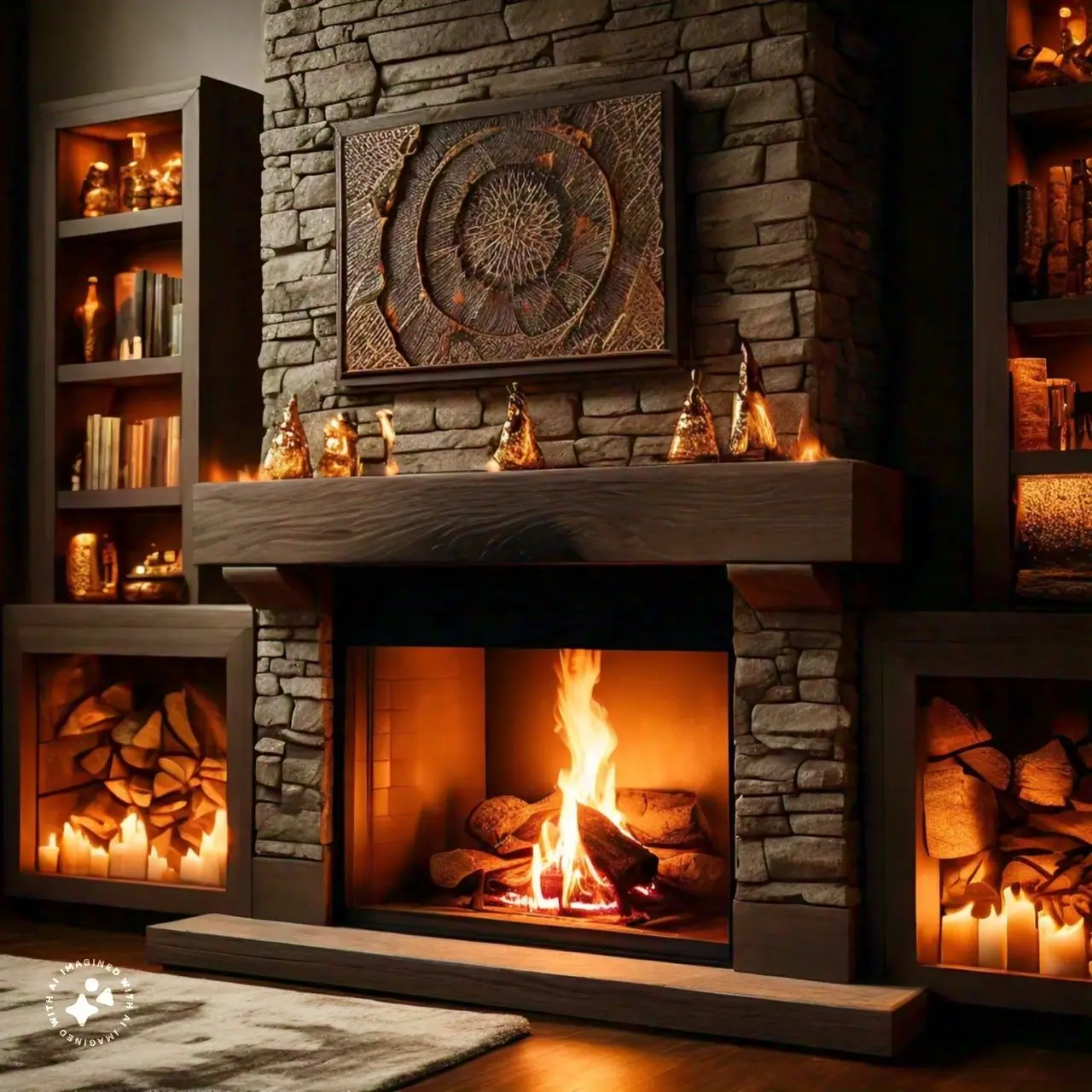A fireplace surround encompasses all the components surrounding a fireplace, such as the mantel and legs. While these elements are near the firebox,
it’s crucial to understand how hot a fireplace surround can get. In this article, we’ll explore the factors influencing the temperature of a fireplace surround and delve into the heat tolerance of various popular materials.
Fireplace Surround Temperatures:
A fireplace surround will always feel warm to the touch due to its proximity to the firebox. However, it should never become scorching. This is particularly important for surrounds made of combustible materials like wood.
Factors Affecting Temperature:
Several factors influence how hot a fireplace surround gets. The primary factor is clearance, referring to the distance between the firebox and the surround. The closer the surround is to the firebox, the warmer it will be.
Related: temperature tolerance safety
It’s recommended that a surround maintain a minimum clearance of 6 inches from the firebox. Additionally, for every 1/8 inch the surround protrudes, an additional inch of clearance is advised. As mantels often extend into the room, a standard clearance of 12 inches is recommended.
Types of Fireplaces:
The type of fireplace also plays a significant role in determining surrounding temperatures. Electric fireplaces typically emit minimal heat, while gas fireplaces can reach temperatures of up to 1000 degrees Fahrenheit.
Wood-burning fireplaces, depending on the type of wood used, can range from 1000 to 2000 degrees Fahrenheit.
Types of Wood and Their Burning Temperatures:
Different types of wood burn at varying temperatures. For instance, hardwoods like Ash, Elm, Beech, and Hornbeam can reach temperatures of 1832 degrees Fahrenheit, while softer woods like Pine, Redwood, and Spruce burn at 1157 degrees Fahrenheit.
Related: venting wood fireplace
Normal Surround Temperatures:
It is normal for a fireplace surround to become warm when situated against the firebox. However, it should never become too hot to touch.

An overheating surround, reaching temperatures of 150 degrees Fahrenheit or higher, may indicate an issue with the fireplace and should be inspected by a professional.
Heat Tolerance of Surround Materials:
Various materials are used for fireplace surrounds, each with its heat tolerance:
1. Wooden Fireplace Surrounds:
Ignition temperature: 500 degrees Fahrenheit
Maximum safe temperature: 185 degrees Fahrenheit
2. Stone Fireplace Surrounds:
Deterioration temperature range: 1100 to 2400 degrees Fahrenheit
Maximum safe temperature: 185 degrees Fahrenheit
3. Steel Fireplace Surrounds:
Deterioration temperature: 750 degrees Fahrenheit
Maximum safe temperature: 185 degrees Fahrenheit
4. Concrete Fireplace Surrounds:
Deterioration temperature: 200 degrees Fahrenheit
Maximum safe temperature: 185 degrees Fahrenheit
5. Tile Fireplace Surrounds:
Maximum safe temperature: 2200 degrees Fahrenheit
Conclusion:
Understanding the factors influencing fireplace surround temperatures and knowing the heat tolerance of various materials is essential for ensuring a safe and enjoyable fireplace experience.

Always adhere to recommended clearances and consult a professional if you suspect an issue with your fireplace.


